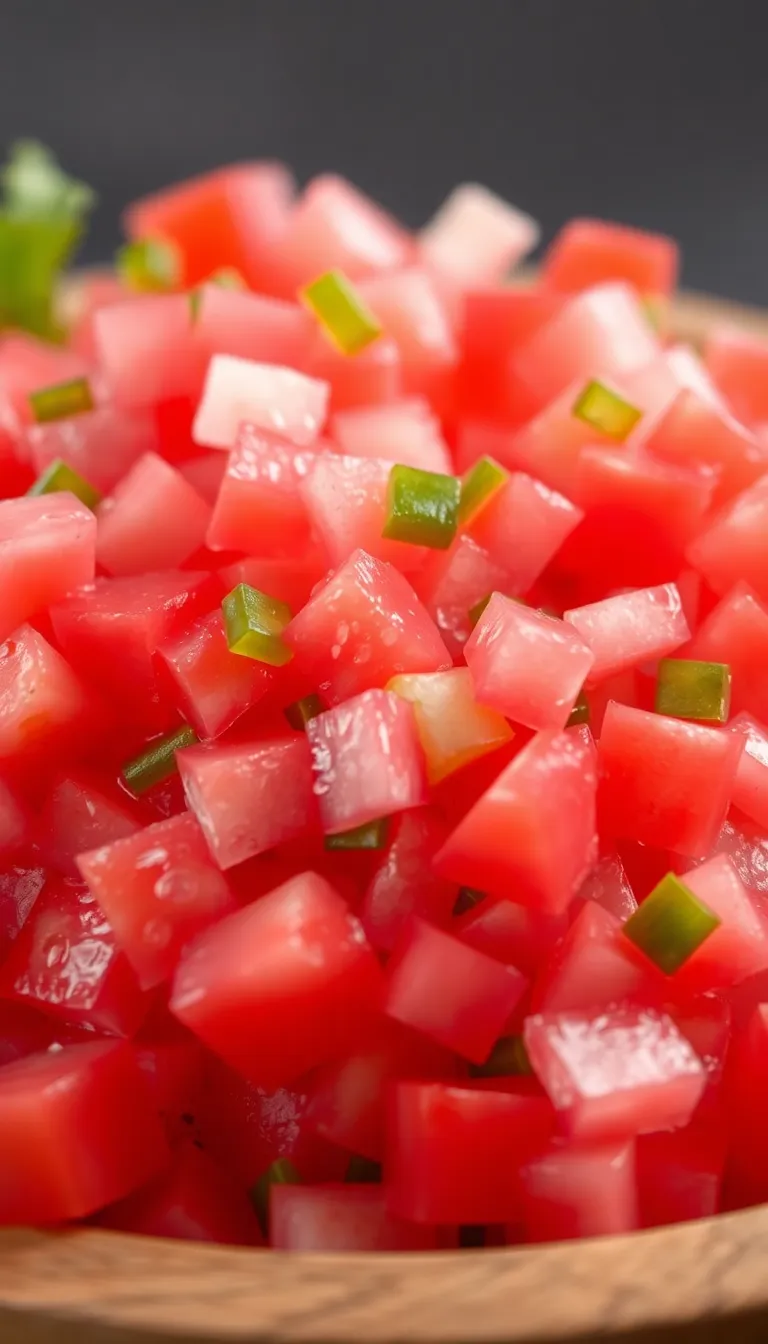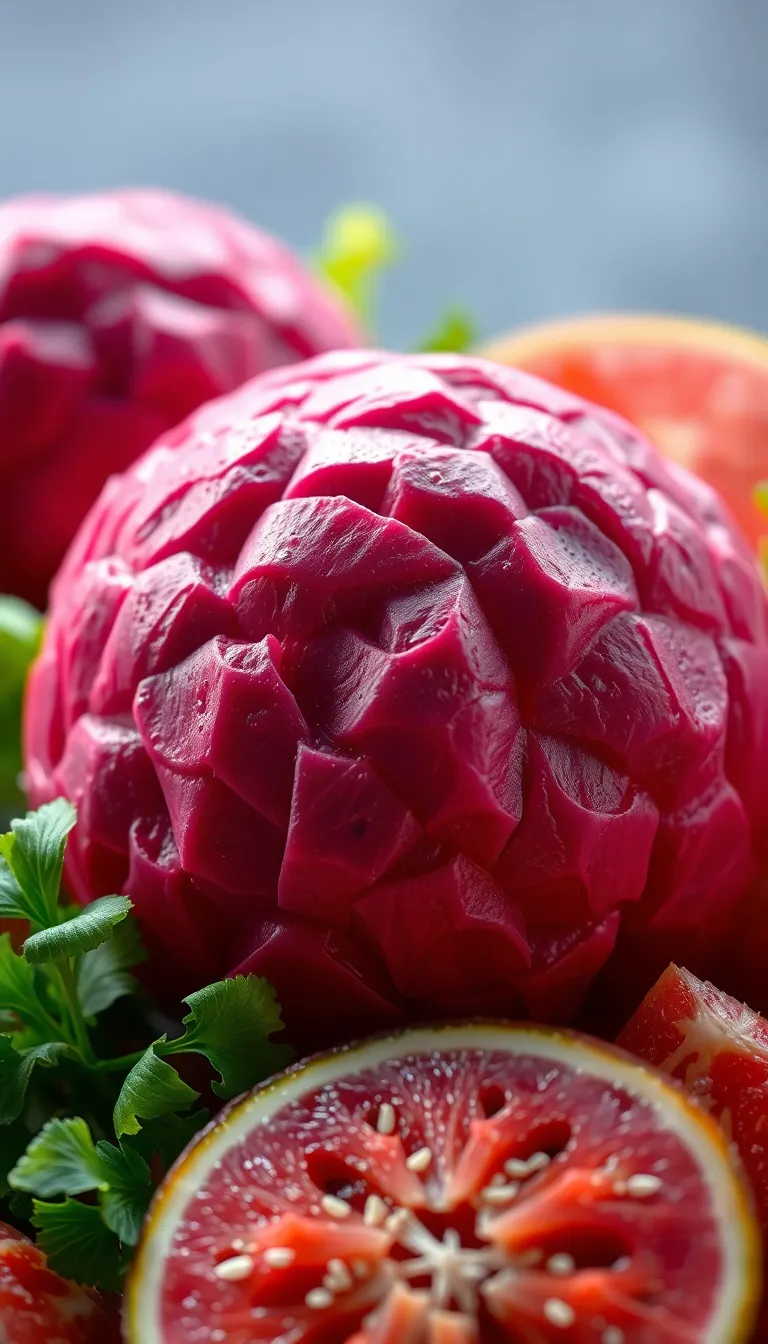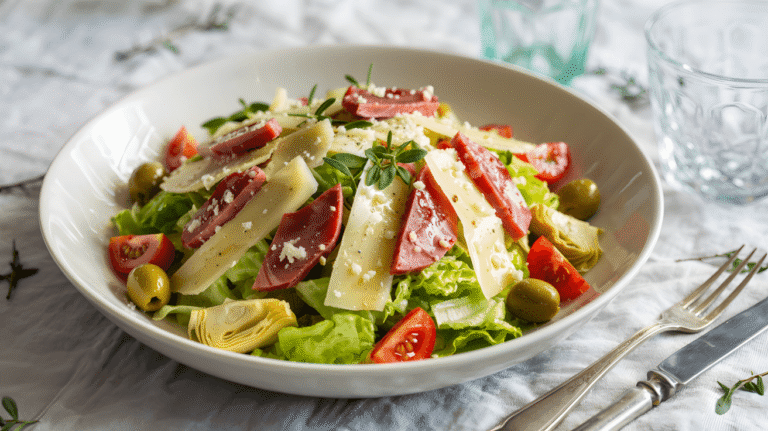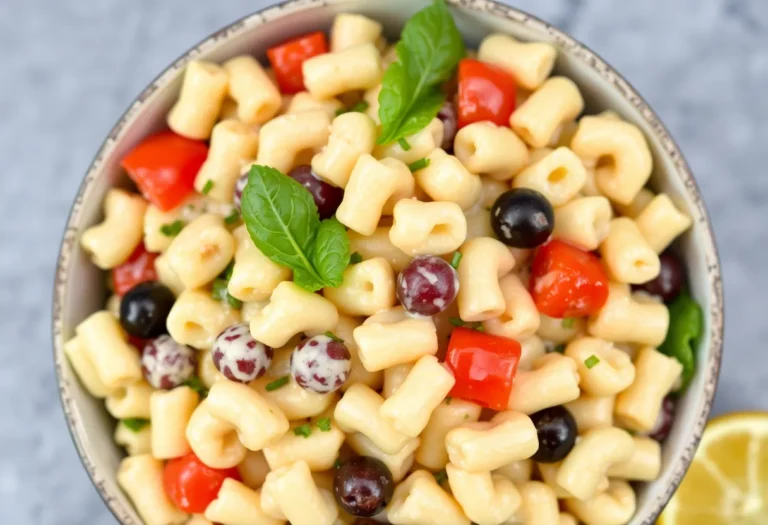Let’s cut the nonsense. You’ve had mediocre salsa—watery, bland, or worse, straight out of a jar. Fresh pico de gallo isn’t just another dip; it’s the MVP of condiments.
Bright, crunchy, and packed with flavor, it turns tacos from sad to spectacular in seconds. No cooking, no blenders, just chopping and mixing. If your pico hasn’t made someone steal an extra chip, you’re doing it wrong.
Ready to fix that?
Why This Pico de Gallo Recipe Works

This isn’t just chopped veggies pretending to be salsa. The magic lies in the balance: tangy lime, sharp onion, fresh cilantro, and juicy tomatoes. No single ingredient overpowers the others.
Texture matters too—each bite has crunch from the onions, softness from the tomatoes, and a little heat from the jalapeños. It’s versatile, healthy, and takes less than 10 minutes. Why settle for less?
Ingredients You’ll Need
- 4 medium tomatoes (ripe but firm)
- 1/2 red onion (or white if you’re in a pinch)
- 1 jalapeño (seeds removed for less heat)
- 1/2 cup fresh cilantro (stems are fine, relax)
- 1 lime (juiced, none of that bottled stuff)
- 1/2 tsp salt (adjust to taste)
- 1/4 tsp black pepper (optional, but why skip it?)
How to Make Pico de Gallo: Step-by-Step

- Dice the tomatoes. Cut them into small, even pieces.Pro tip: Scoop out the seeds if you hate excess liquid.
- Chop the onion. Finely dice it unless you enjoy onion breath for hours.
- Mince the jalapeño. Remove seeds unless you like playing spice roulette.
- Chop the cilantro. No need to measure—just grab a handful and go.
- Mix everything. Toss tomatoes, onion, jalapeño, and cilantro in a bowl.
- Add lime and seasoning. Squeeze lime juice over the mix, sprinkle salt and pepper, then stir. Taste and adjust. Boom.Done.
How to Store Pico de Gallo
Store it in an airtight container in the fridge. It stays fresh for 2–3 days, but let’s be real—it’ll disappear faster. If it gets watery, drain excess liquid before serving.
Freezing? Don’t. Tomatoes turn into sad, mushy blobs.
Why You Should Make This Regularly

Pico de gallo is low-calorie, packed with vitamins, and has zero added sugar.
It’s a guilt-free way to add flavor to grilled chicken, fish, or eggs. The lime juice aids digestion, and the veggies give you a fiber boost. Plus, it’s cheaper and tastier than store-bought salsa.
Win-win.
Common Mistakes to Avoid
- Using unripe tomatoes. They’re tasteless and ruin the texture.
- Over-salting. You can always add more later.
- Drowning it in lime juice. A little acidity brightens flavors; too much turns it into a science experiment.
- Chopping ingredients unevenly. Nobody wants a mouthful of raw onion.
Easy Swaps and Variations

No red onion? Use white or green. Hate cilantro?
Swap in parsley (controversial, but we won’t judge). Want more heat? Add serrano peppers.
For a fruity twist, toss in diced mango or pineapple. IMO, the classic version is unbeatable, but experiment away.
FAQs
Can I make pico de gallo ahead of time?
Yes, but it’s best fresh. If prepping early, store it without salt and lime, then add those right before serving to prevent sogginess.
How do I make it less spicy?
Remove all jalapeño seeds and membranes—that’s where most heat lives.
Or skip the pepper entirely and add a pinch of cumin for depth.
Why is my pico de gallo watery?
Tomatoes release liquid over time. Dice them smaller, remove seeds, or drain excess juice before serving. FYI, the “water” makes a great michelada base.
Can I use canned tomatoes?
Technically yes, but the texture will be off, and the flavor won’t pop.
Fresh is non-negotiable here.
Final Thoughts
Pico de gallo isn’t rocket science, but done right, it’s a game-changer. It’s fresh, fast, and foolproof—unless you ignore the tips above. Whip it up for taco night, spoon it over grilled fish, or eat it straight with chips.
Your call. Just make it.




